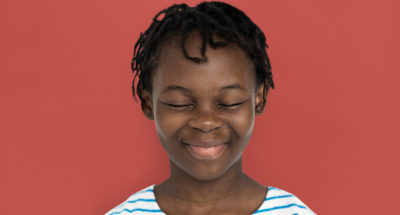
Acts of Kindness
Students think of ways they have acted with kindness towards others and then draw and write about it.

Students think of ways they have acted with kindness towards others and then draw and write about it.
Students will:
“Nurturing Gratitude From the Inside Out: 30 Activities for Grades K–8” was originally developed by The Inner Resilience Program, in partnership with the Greater Good Science Center and the John Templeton Foundation.
For the entire curriculum, click here.
Nascent research has discovered that K-2 students see kindness as helping others both physically and emotionally, including others, and sharing. For instance, helping a student who has fallen or comforting a lonely student or inviting a student to join in a game.
Kindness has been found to benefit students by increasing their well-being and peer acceptance, both of which lead to greater academic achievement, a stronger sense of belonging, and better relationships with peers and teachers.
In addition, encouraging students to be kind to each other has a ripple effect that can spread throughout the school, improving school relationships among all stakeholders, leading to a more positive school climate.

Do you want to dive deeper into the science behind our GGIE practices? Enroll in one of our online courses for educators!
Comments